We planned to go to Maui in 2020, but (fill in the blank with the obvious reason we didn’t go). So we decided to try again in 2023 and this time planned to visit Maui as well as three additional islands–the Big Island, Oahu, and Kauai. Fortunately, there were no other global pandemics, volcanic eruptions, or other acts of nature or humanity that got in the way of our trip this time.
Day 1: The Big Island
After driving to Northern Virginia the previous night, catching an early flight out of Dulles, stopping over in Denver, and enduring far too many hours on a plane, we arrived at Kona Airport. We were in time to enjoy golden hour and sunset across the street from our rental.


Day 2: GeoTour on the Big Island
During the past year, I got hooked on a YouTube channel on Pacific Northwest geology so I was interested in learning about the geology of the Hawaiian islands. We found Hawaii GeoTours online and booked a day-long trip on the Big Island. The tour was phenomenal! The tour guide was an experienced geologist who taught us not only about the geology of the island but also history and culture.
The first stop on our tour was Heavenly Hawaiian Coffee, a coffee farm that grows and roasts Kona coffee beans. We learned how the beans are grown and harvested and got to taste several coffees.
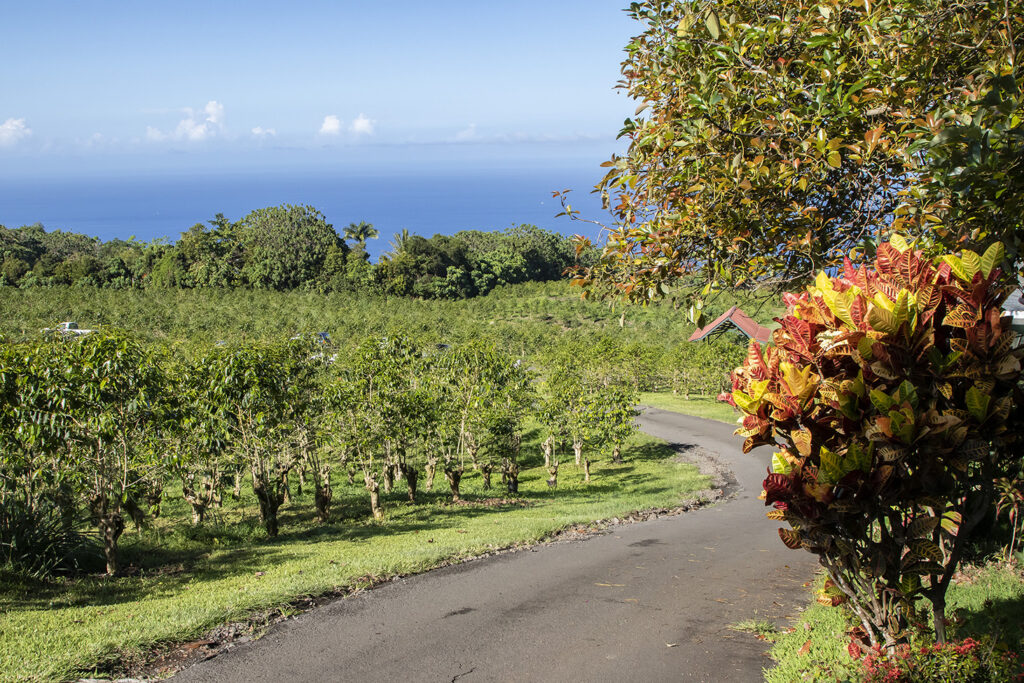
Our next stop was Punalu’u Black Sand Beach on the southern end of the island, home to green sea turtles.

After stopping at a local restaurant for lunch, we went to Volcanoes National Park, where we saw the Kilauea Crater and the Holei Sea Arch.


Our final stop of the tour was Rainbow Falls in Hilo, where the main attraction wasn’t the falls but a huge Banyan Tree, estimated to be 600 years old.


Day 3: Big Island
We were on our own for our second full day on the Big Island. We started the day with a hike to Cook Point, where Captain James Cook was killed by native Hawaiians after attempting to abduct their chief. The monument at Cook Point is legally British territory so we technically set foot in a foreign land while in Hawaii.


We weren’t really prepared for the trail. It was almost four miles round trip and had a 1,266 foot elevation drop (and, on the way back, a gain of the same amount), though the trailhead didn’t seem that high. It’s hot and miserably humid at sea level (even early in the day), so the hike up was a slog. That said, the beach, accessible only by the hike or by boat, was worth it.
We spent the rest of the day exploring the north side of the island, which we’d seen on the tour van ride back to Kona from Hilo. The terrain was not anything we’d expected to see on Hawaii. It’s a semi-arid steppe climate between a desert area along the shore and the tropical zone in the mountains.


On our way back to Kona, we stopped at Keokea Beach Park. Although there were surfers in the water, it’s a shingle beach not suitable for swimming, another thing we did not expect in Hawaii.

We made it back to our rental in time to enjoy our last sunset on the Big Island.

Day 4: Maui
We took an early flight from the Big Island, and, after some shopping and a stop at a local bakery, we were on our way toward Hana. We had our first Maui overlook at Ho’okipa Beach, a county park.

Our plan for the Hana Highway was to take our time and stop along the way to hike and take pictures of the many waterfalls along the road. We were lucky to find a parking space at the Rainbow Eucalyptus Grove and Bamboo Forest.
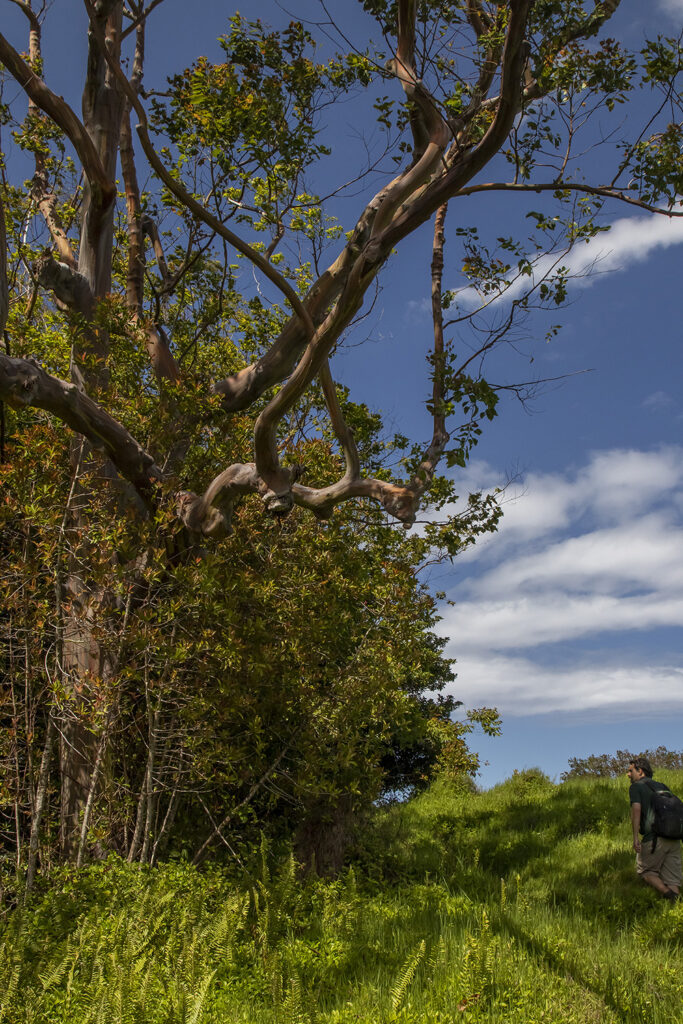

This was one of our only stops on the Hana Highway. We do not understand why the Road to Hana is a tourist attraction. It’s without doubt the sketchiest road we’ve ever driven. It’s narrow (often one-lane) with blind curves and crazy drivers. More than once, we had to back up around a blind curve because there was a car coming along a one-way road. And we weren’t able to enjoy the waterfalls. At every one, there were no parking signs or there was simply no shoulder on which to park.
We did manage to take a few pictures at waysides, though the drive certainly wasn’t the scenic experience we’d expected.


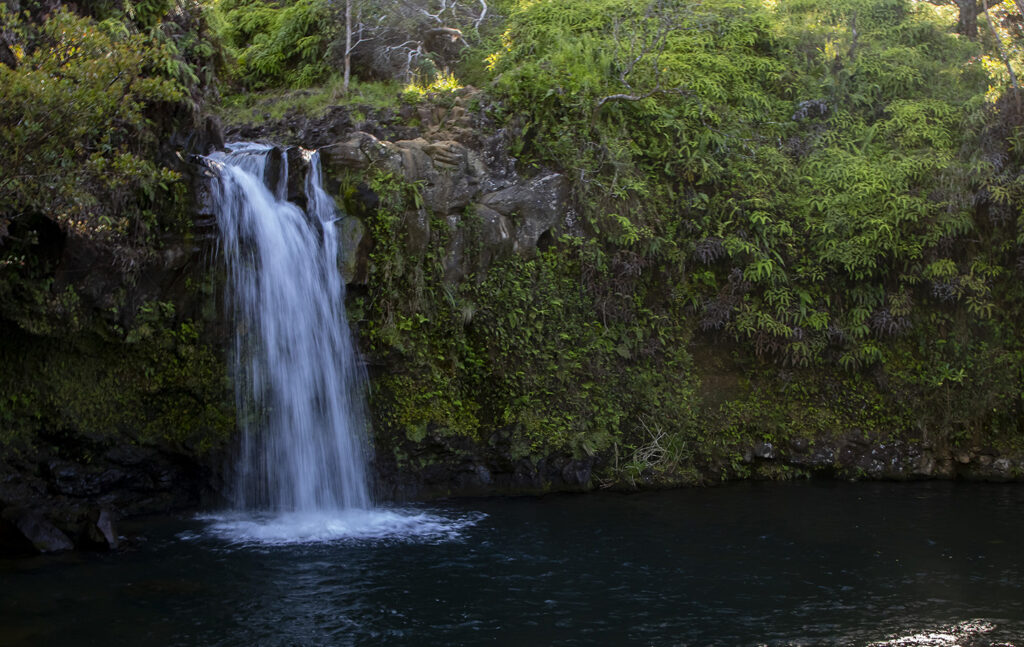
Although Hana Highway isn’t much of a tourist attraction, it is the only way to get to some of the most beautiful places on the island: Wai’anapanapa State Park, Haleakala Kipahulu, and Hana.
For our stay on Maui, we booked a cabin at Wai’anapanapa State Park for three nights, not realizing how treacherous and time-consuming the Road to Hana actually was. After our experience on the road, we decided to look for a different place to stay for our final night on the island. We wanted to see the Haleakala Crater but simply couldn’t drive the Road to Hana twice in one day. To make matters worse, heavy rains were forecast that night, and we couldn’t imagine driving the Road to Hana in the rain. So we spent part of our first evening finding lodging in Kihei.
We do recommend the cabins at the state park. But be forewarned: they become available 90 days in advance and book up fast. And there are no linens or towels, so you have to provide your own. I highly recommend this pillow from Sea to Summit, which served me well at the cabin, packs down small, and will be used again.
We did love our cabin. It was recently renovated and quite cozy–and sat within 100 yards of a spectacular beach where we watched sunset and enjoyed pastries from the bakery.


Day 5: Maui
The state park is open from 7am to 6pm, so, for those of us staying in the cabins and campsites, the park was ours afterhours. We started the day watching sunrise on the beach.

Then we followed the shoreline trail to the black sand beach.
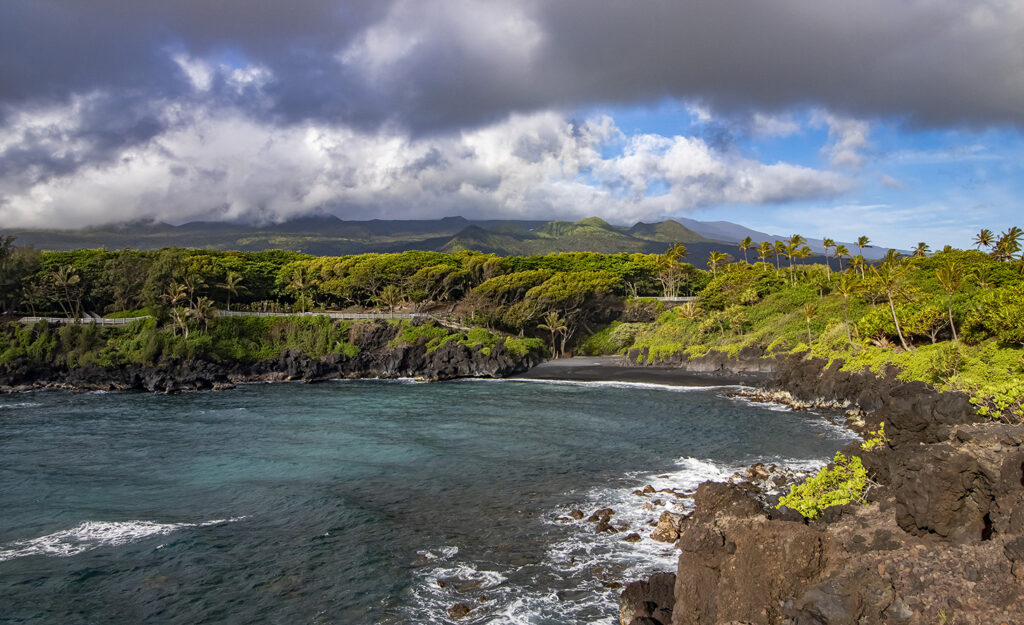
A rainbow appeared as we climbed over lava rock on the trail.

As visitors arrived at the park, we headed out to the Kipahulu side of Haleakala National Park, where we hiked the Pipiwai Trail, passing Makahiku Falls, a banyan tree, and a bamboo forest to arrive at the 400-foot high Waimoku Falls.




We then walked the O’heo Gulch Trail to the shore, passing several falls and pools.


After lunch, we went to Koki Beach Park, a red sand beach near Hana.

That evening, we returned to the state park and to the shore for sunset.
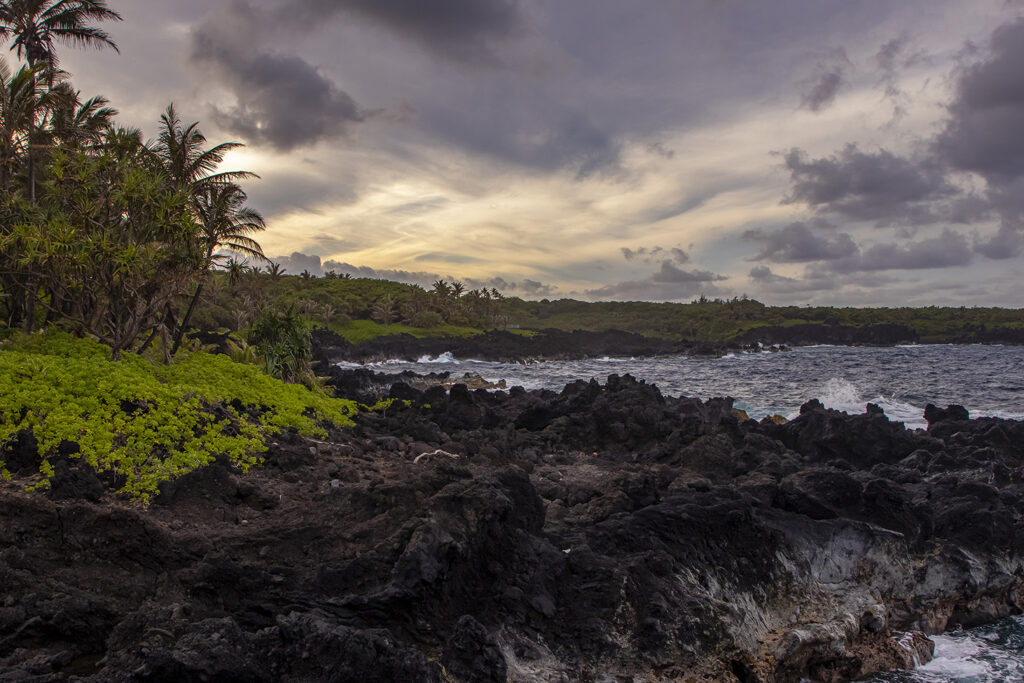
Day 6: Maui
The only good time to drive the road to Hana is at first light, so we packed our things and left the cabin early enough to catch sunrise at a Road to Hana overlook several miles along the way.

Our destination for the day was the Haleakala Crater. From the road to the crater, we could see the eight-mile Maui isthmus, connecting the two volcanic sides of the island.

We hiked the first 1-plus miles of the Haleakala Halemau’u Trail, which descends into the crater. The section we hiked was well-graded over a 400-foot elevation change. The first view of the crater was about a half-mile into the hike and, from that point, the trail follows along the crater rim.


Afterward, we stopped at several overlooks in the park, including the Summit Crater Overlook. By that time, the clouds had started to come into the crater. The scenery was otherworldly, vibrantly colored hills and cinder cones against the remains of a mountain.

We hiked the Sliding Sands trail a mile or so into the crater. We started at 9,740 feet of elevation, and I got winded as I climbed back to the trailhead, a consequence of my body’s struggle with exertion at altitude.

That evening, we checked into What a Wonderful World Bed & Breakfast in Kihei. The suite and our host were amazing! In addition to the convenience of being near the crater and the relief of not having to drive the Road to Hana twice in one day, we were able to relax at night as heavy rains pelted the island, knowing we wouldn’t have to drive a sketchy road in those conditions.
Day 7: Maui
Since the morning was supposed to be rainy, we got tickets to the Maui Ocean Center, not realizing that much of the aquarium was outdoors. We made the best of it and spent most of our time in the few indoor exhibits.


By noon, the rain had abated, and we drove to Lahaina, a town on the western part of the island and home to the largest banyan tree in the U.S.

We also went to the Olowalu Petroglyphs outside of Lahaina…

…and the McGregor Point Lighthouse.

We had some time before our flight to Oahu, so we walked along Kanaha Beach Park, which is near the airport.

Our flight happened to coincide with Hawaiian Airlines’ transition to a new customer service system. The FAA approved an overnight cutover rather than requiring parallel processing. Problems during the cutover resulted in delays on 80-90% of flights, including ours, which was delayed from 7:15pm to 8:30pm and then to 9:15pm. Fortunately, Hawaiian Airlines had anticipated issues and deliberately underbooked flights, and we were able to transfer to a new flight that left at 7pm, a few minutes earlier than we’d originally scheduled. We got into Oahu around 8pm, in time to grab poke bowls at the hotel lounge.
Day 8: Pearl Harbor
Pearl Harbor was a pilgrimage for me. As a student of the Asia-Pacific War and an American deeply indebted to the sacrifices of our servicemembers, I wanted to pay my respects to the first U.S. casualties of that war. I may never make it to Peleliu or Tarawa or Guadalcanal, but I could go to Pearl Harbor.
We arrived early and toured the U.S.S. Bowfin and the Pacific Fleet Submarine Museum.

We booked tickets to the U.S.S. Arizona Memorial as soon as they became available. After a short ferry ride, we spent about half an hour at the memorial. The crowds were respectful and quiet, a fitting tribute to the crewmembers who died there and the survivors who chose to be interred as they passed on as well.

Directly across from the Arizona, where the U.S. entered the war, is the U.S.S. Missouri, where the war officially ended with the surrender of Japan to the Allies. It’s a tribute to the crew of the Arizona that the Missouri rests within a few hundred feet.

The remnants of the ship, visible through the water, are an eerie reminder of the cemetery beneath. And globs of oil, the black tears, still rise from the bowls of the ship to the surface.


After taking the ferry back to the visitor center, we boarded a bus to Ford Island where we toured the Missouri. Missouri is an amalgamation of its early days at the end of WWII and its final days, recommissioned in the late 80s and retired in the 90s.

A plaque marks the site of the surrender on September 2, 1945.

The side of the ship bears the scars of a kamikaze attack on April 11, 1945, at Okinawa.

Our final stop of the day was the Pearl Harbor Aviation Museum, which houses a Mitsubishi A6M “Zero” and a Nakajima B5N “Kate.”


The bullet holes from December 7, 1941, remain in the windows of Hangar 79.
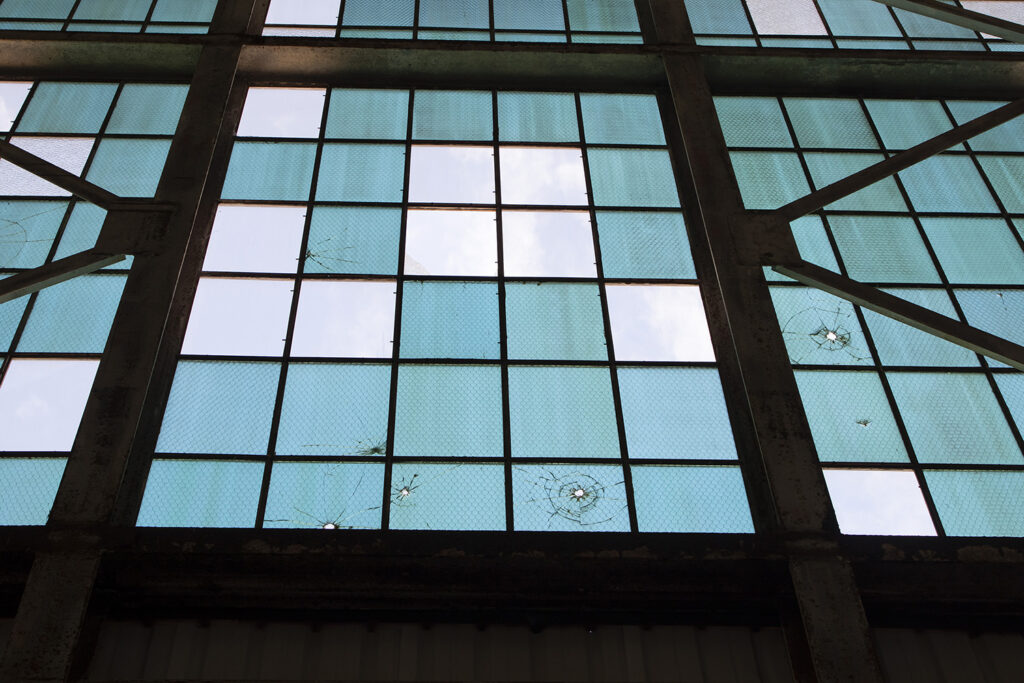
Day 9: Kauai
We flew out early from Oahu, planning a full day on Kauai. With the potential for rain over the next few days, we decided to start with what we wanted to see most: Waimea Canyon.

The canyon stretches for 10 miles and descends up to 3,000 feet in places. It’s known for its red clay soil and lush green vegetation.
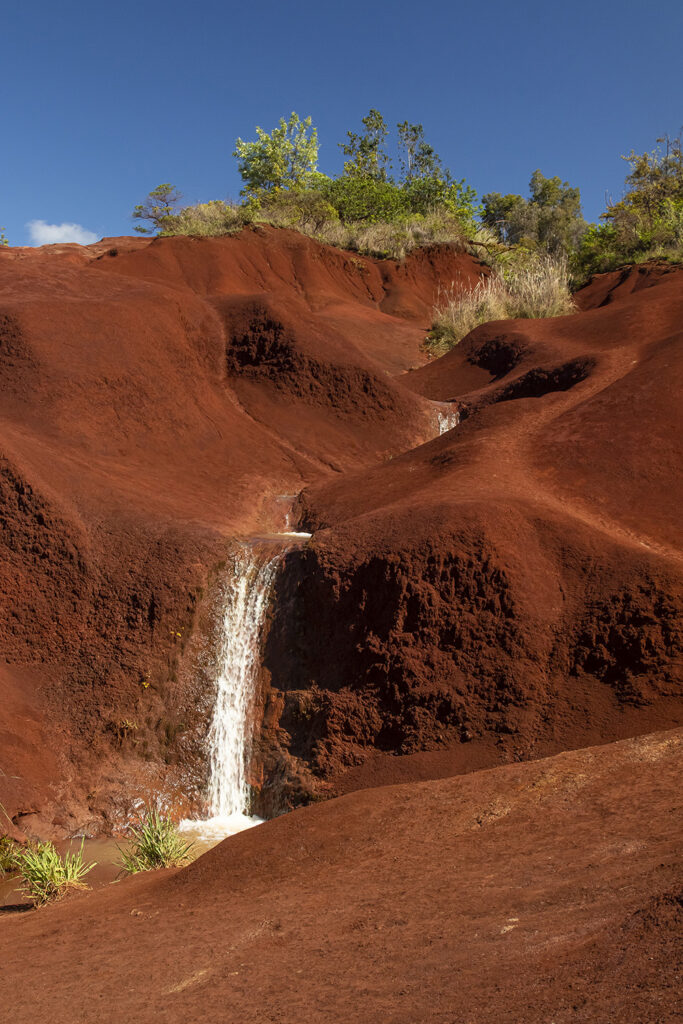
We hiked the Canyon Trail a few hundred feet into the canyon toward its northern end.

The canyon is part of two state parks: Waimea Canyon State Park and Koke’e State Park. The northern end of Koke’e overlooks the Na Pali coast.
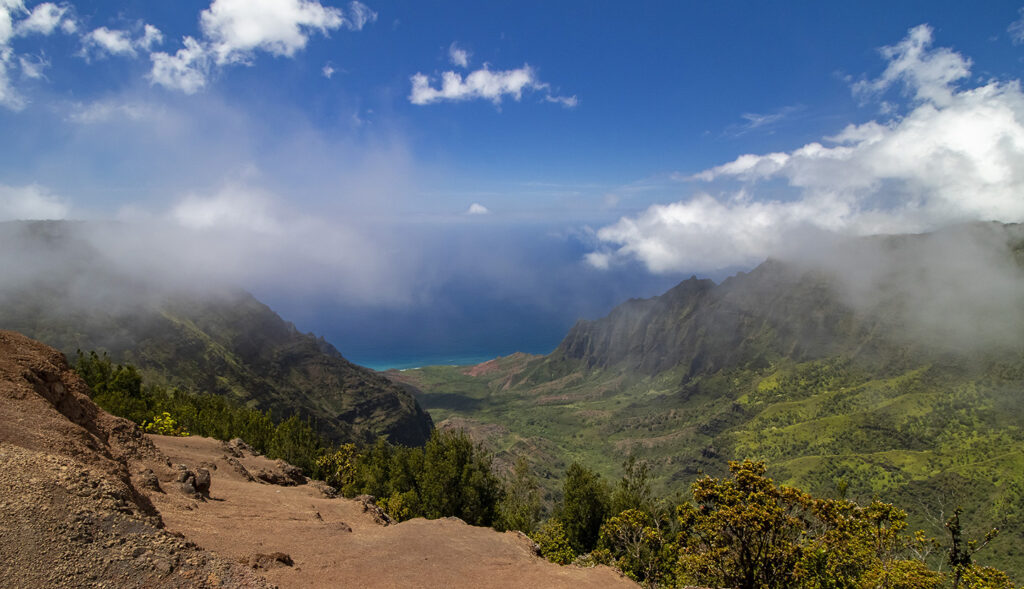
Day 10: Kauai
We started the day at Ninini Point Lighthouse where we watched the sunrise.

Based on the weather forecast, we chose the northern coast of Kauai as our destination for the day. Our first stop was Hanalei Valley Overlook, where the mountains rise above taro fields.

There are no roads through the 17 mile Na Pali coast, which is accessible only by foot and by boat. We hadn’t planned to hike along the coast, which requires a permit (and a couple days and therefore equipment we didn’t want to bring). Ha’ena State Park is at the northern terminus of the Na Pali coast, but it required reservations (one of a growing number of state and national parks to do so). We didn’t have a reservation, so we went to Ha’ena Beach Park, directly to the east and with similar scenery.


We spent the rest of the day driving from Ha’ena Beach back to Lihue, where we were staying, and stopping along the way. One of my favorite places on the trip was Waikoko Beach. The beach is poorly marked, and there’s limited parking, so it’s quiet. Also, to get to the beach, we had to navigate a steep embankment and tree roots and limbs. But it was one of the most beautiful scenes on the trip.

Before lunch, we walked the pier at Hanalei Bay, a very popular site.

After lunch, which consisted of a giant ice cream cone (hey, it’s vacation), we went to the Kilauea Point National Wildlife Refuge, which also required reservations but was having a slow day so we were able to get in. The refuge is a home for nesting seabirds.

We hiked the Ho’opi’i Falls Trail, a mostly easy trail to two waterfalls along the Kapa’a Stream.

No travel notes on Hawaii would be complete without mention of chickens. They are everywhere. And by “everywhere,” I mean crossing the road, in the towns, in the woods, at the airports, in restaurants, etc. Chickens were brought to the islands by Polynesian settlers and quickly grew into a large feral population, as the birds have no natural predators there. Apparently, the situation got worse after a hurricane in the late 20th century destroyed coops across the islands. We actually liked the chickens and thought they were hilarious, but we can imagine being awakened at all hours of the night by these creatures can get very annoying.

The whole barnyard was out to greet us across the street from our downtown hotel: feral chickens, feral pigs, and semi-feral cats. The feral and semi-feral cats are also widespread.

Day 11: Kauai
We returned to Waimea Canyon to hike along the Pihea Vista trail, which overlooks the Na Pali coast. Though we only hiked a little over a mile each way and gained minimal elevation, the last quarter mile was a muddy mess, making it treacherous and slow. The overlooks along the way were stunning, though some were a bit precarious, with drop-offs of hundreds of feet.

Really, the best overlooks were at the start of the trail, so if it’s rained the night before, you aren’t missing too much by just walking a quarter mile.

The Waimea Canyon area started to cloud up, so we returned to the shore where the skies were clear. The Kawaiele Waterbird Sanctuary was quiet–no people, not many birds, though we were past prime birdwatching time.

We continued toward Lihue to the Hanepepe Salt Pond…

…and the adjacent beach, which has tidepools, created and protected by a large reef.
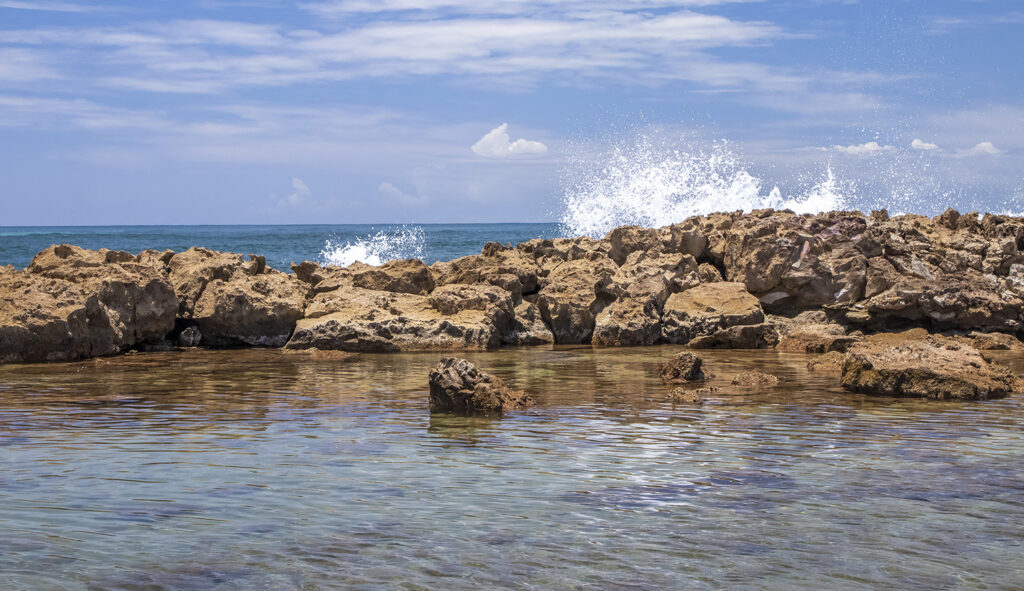
We stopped at Glass Beach, so named for the sea glass that has washed up over the years.

On the hill overlooking the beach is McBryde Cemetery, where we were surprised to see tombstones with inscriptions in Japanese. The cemetery was for workers, many of whom were of Japanese ancestry, at the McBryde Sugar Company.

By the time we arrived at Spouting Horn blowhole, we were tired of beaches.

We drove past the Huleia National Wildlife Refuge, which has an overlook but is otherwise closed to the public.

It was still a bit early for dinner, so we went to Kuki’i Point Lighthouse to see if it was somewhere we’d want to go the next morning for sunrise. The lighthouse is accessible from the golf course of one of Hawaii’s many large resorts.

We also went to Ahukini State Recreational Pier, which offers a view of the northern side of the island, which at the time was experiencing heavy rainfall.


Day 12: Kauai
Our flight didn’t leave until around noon, so we returned to Kuki’i Point for sunrise.
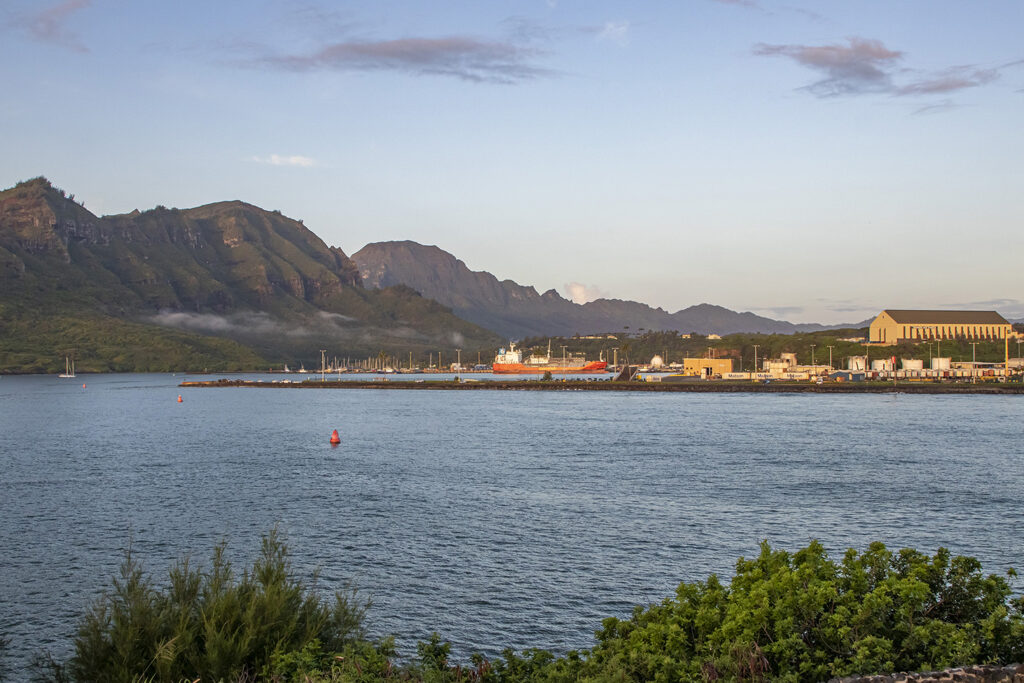
We then checked out of our hotel, had breakfast, and grabbed some snacks for the flight. With a few hours left before we had to be at the airport, we drove to the nearby Kapa’a Beach. The beach wasn’t much, but there was a bush there that was inhabited by dozens of lizards who were happy to smile for the camera.
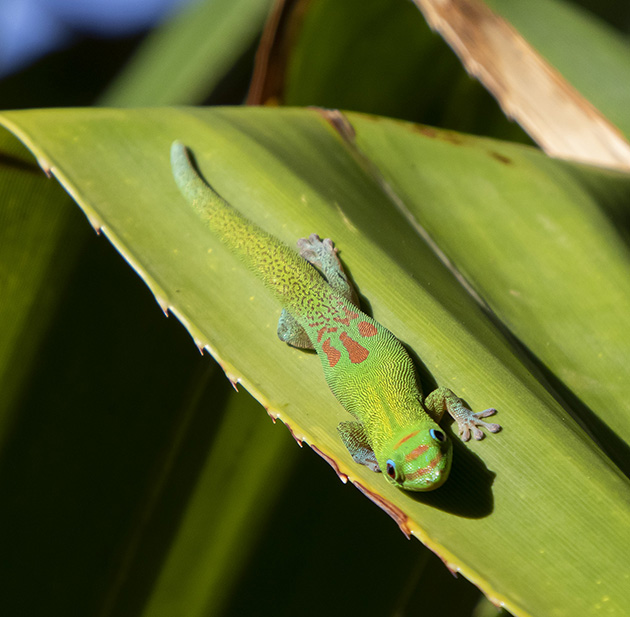
We returned to Ahukini State Recreational Pier again, where the skies were clear this time.

Our flight to San Francisco took off on time and, with a two hour layover, we had plenty of time to make it across the airport to our next flight. The flight to Dulles was a red eye, but I managed to get enough sleep to take the first half of the four and a half hour drive back home. We arrived at our house just in time for an afternoon nap!
(c) 2023 J. Atwater. All rights reserved.